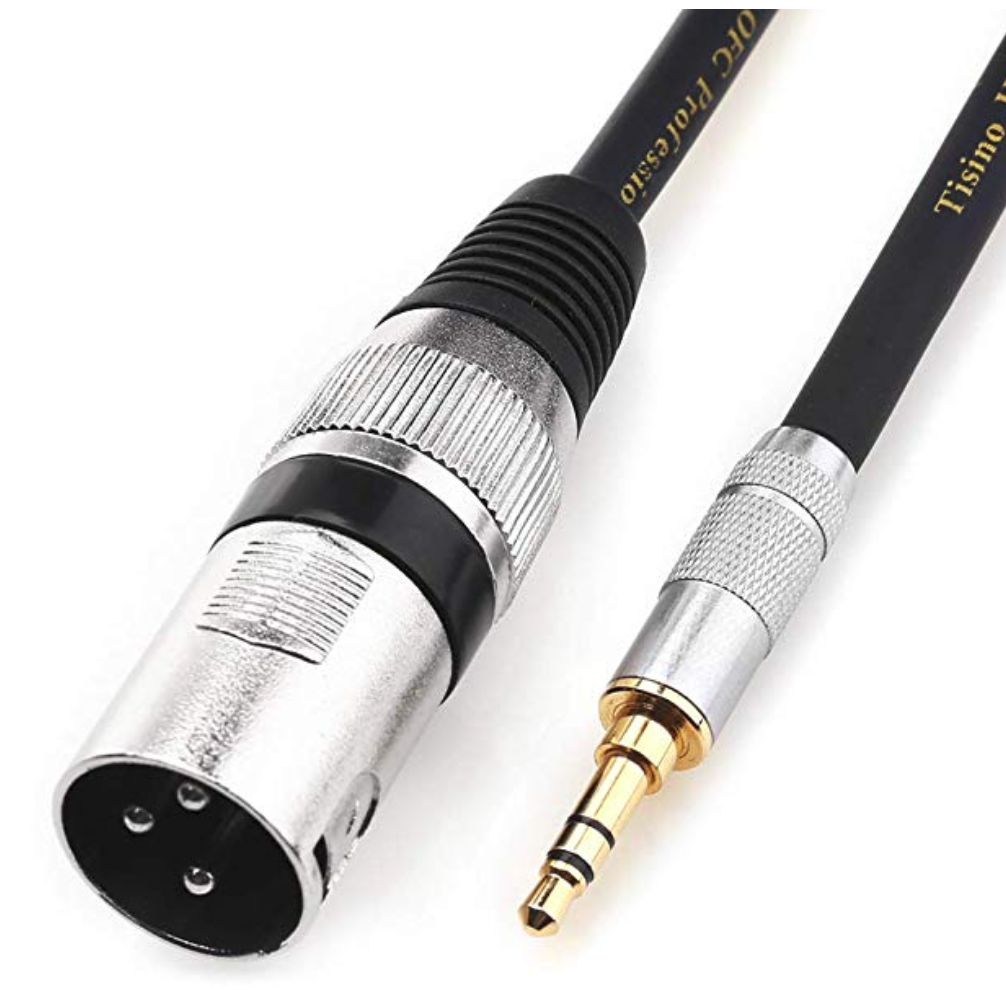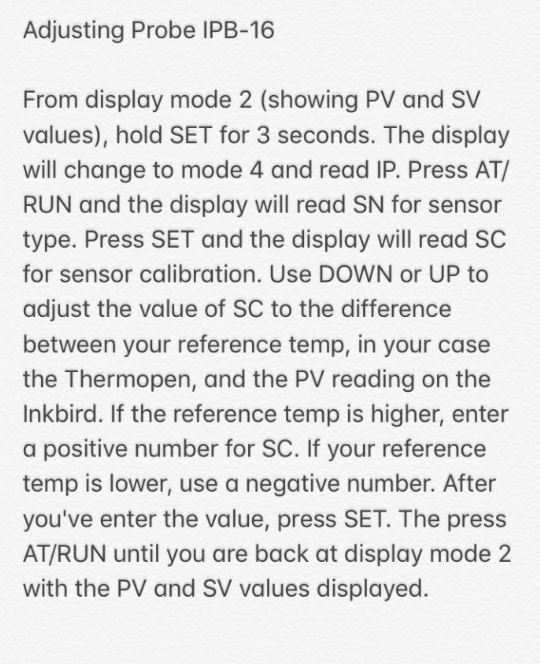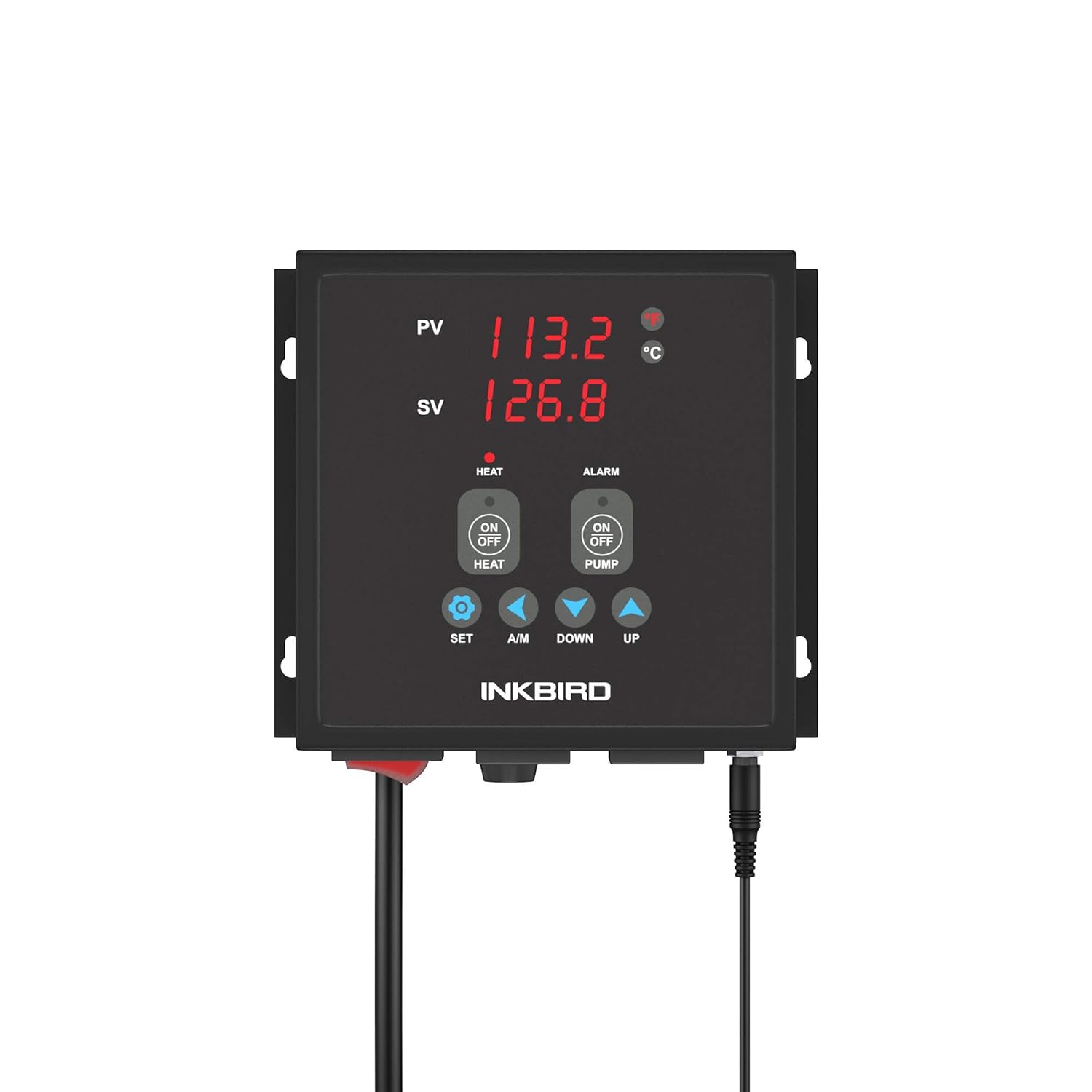I have noticed mine also shows these minor display fluctuations, more apparently so when I'm holding my sparge/mash temps prior to mashing in. Generally I set it around 165 to account for heat loss for mash, then 170 for sparge. I'll often observe the 2 degree rapid fluctuations while it is "holding" that temperature.
There is an option on the IPB-16 to smooth the probe response, but ramping this all the way up (or carefully adjusting it one or two points at a time) DOES not seem to affect the actual display readout variations. It does seem to affect the actual SSR Switching, so I've just learned to ignore the display fluctuations as they seem to be more of an artifact of the design.
Full disclosure, this happens with my unmodified probe as well as my NPT probe which I have mounted in the HLT. So it's not the probe that's causing the problem.
I also see the display fluctuations - however only when the unit is in Fahrenheit mode. I don't see these fluctuations when it is set for Celsius. Perhaps that means it's just a display artifact?
Odd and annoying, but we should all be metric by now anyhow.
-AD
































![Craft A Brew - Safale BE-256 Yeast - Fermentis - Belgian Ale Dry Yeast - For Belgian & Strong Ales - Ingredients for Home Brewing - Beer Making Supplies - [3 Pack]](https://m.media-amazon.com/images/I/51bcKEwQmWL._SL500_.jpg)




















